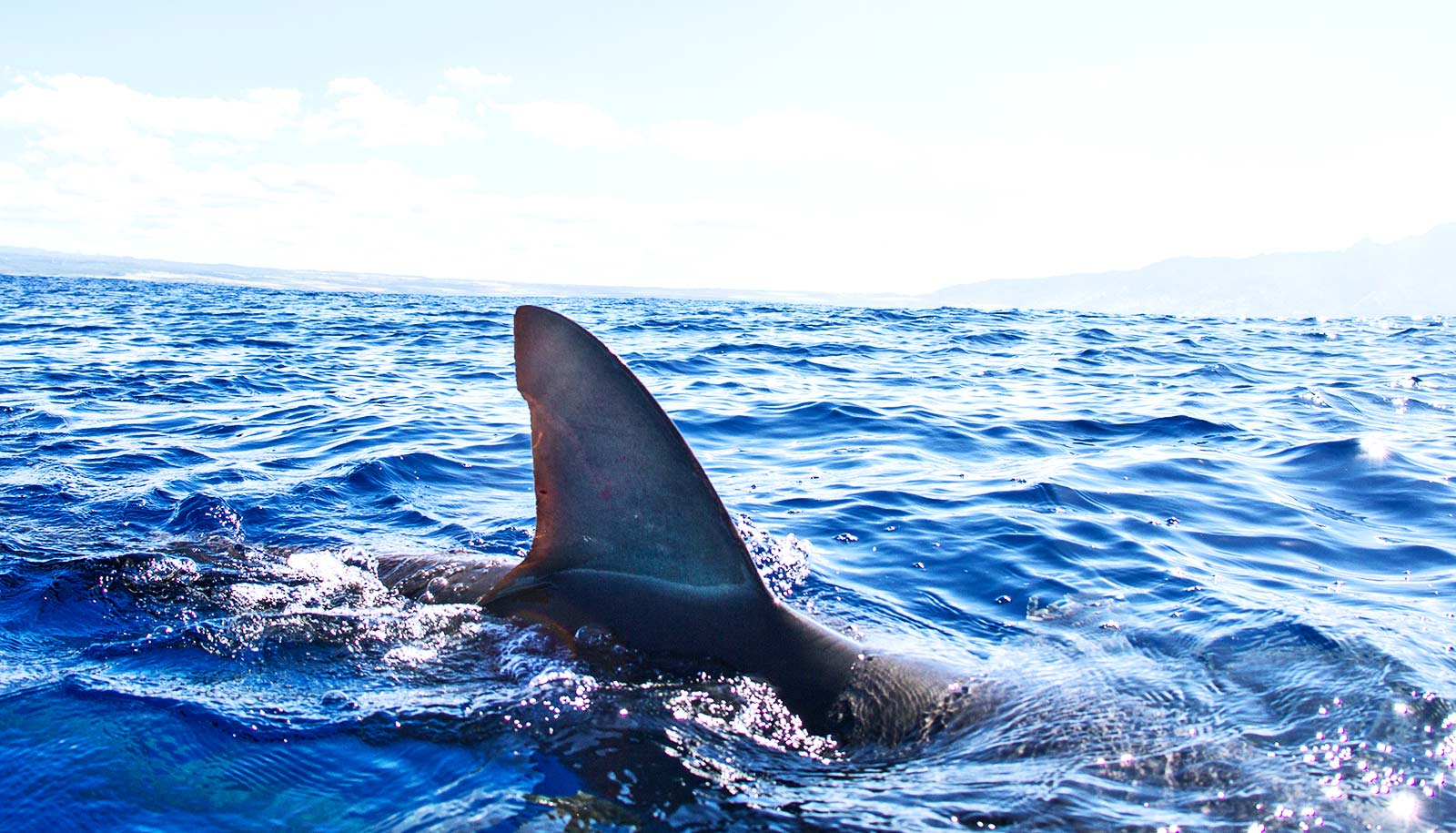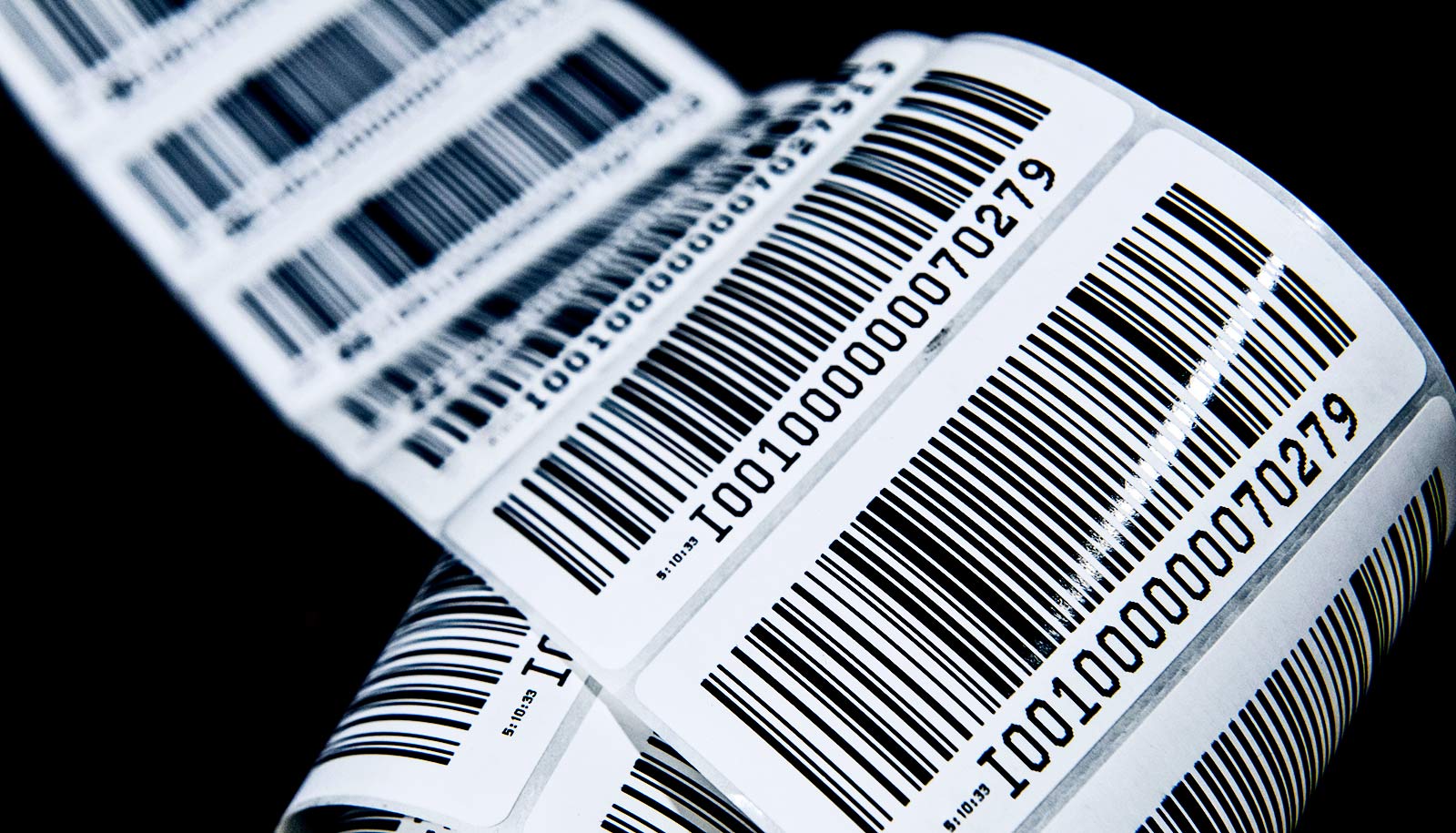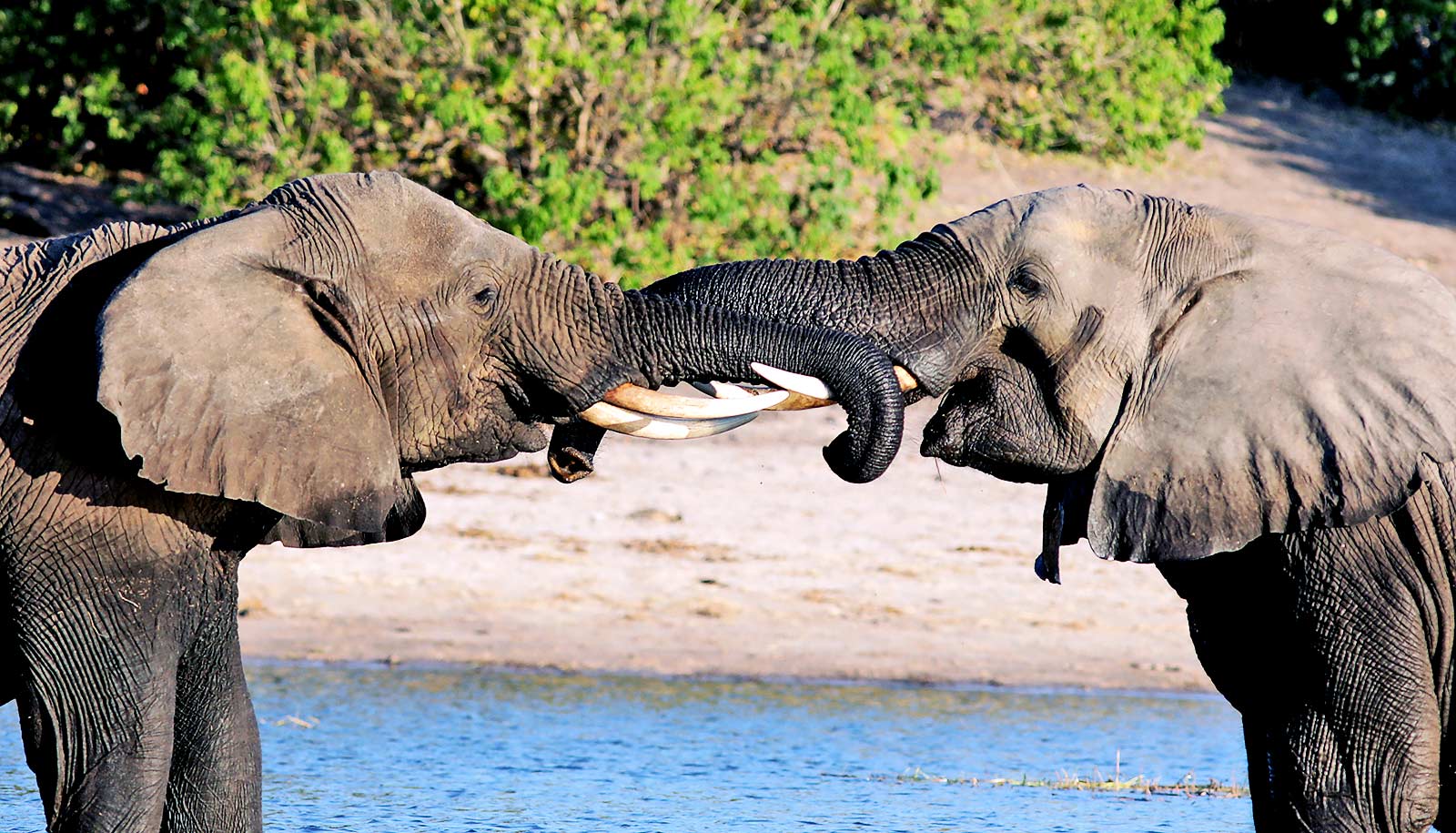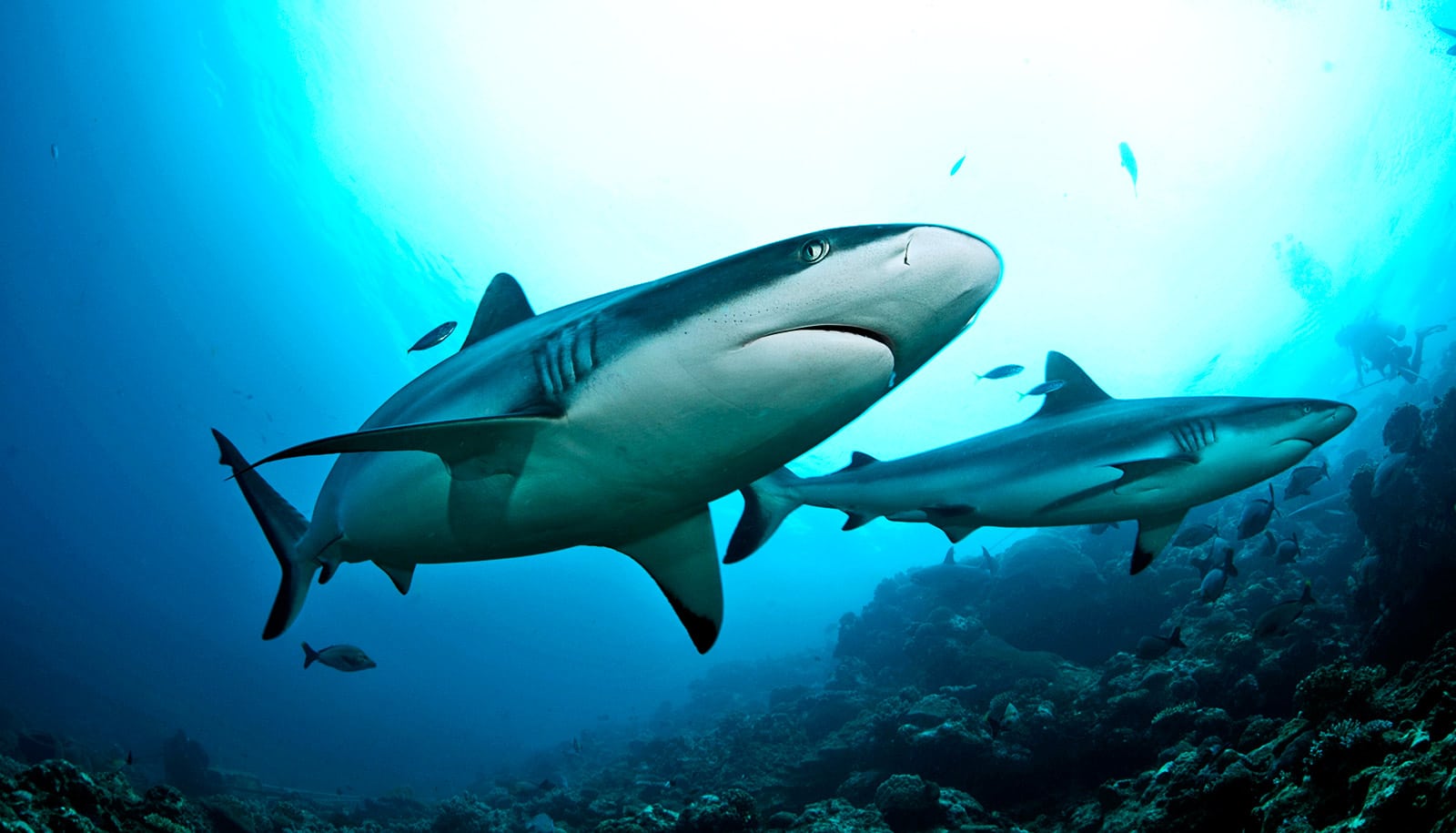DNA barcoding can identify shark and ray species in commercial products in order to monitor the trade in protected species, researchers report.
Shark and ray products are traded around the world, with an estimated 100 million individuals caught each year for various purposes, including cultural cuisines and traditional Chinese medicines. In many Asian communities, shark fins are a delicacy and feature in soups during special occasions.
Regulating and monitoring the shark and ray trade is challenging because, during the processing stages, parts like the fins are separated from the carcass and it becomes difficult to identify the species visually. As a result, accurate data on the species composition and number of animals caught for trading are not easily available. This hinders the establishment and enforcement of conservation efforts that aim to protect threatened species.
Now, researchers have used the DNA barcoding technique to identify shark and ray products that are readily available to consumers in Singapore. This molecular method uses a short genetic marker from a given sample to identify the particular shark or ray species.
Like other barcode systems, samples with the same or a similar identifier, in this case the DNA sequence, could be recognized as the same species, even without any means of visual identification. The procedure is also efficient, allowing for processing and identification of hundreds of samples in a week.
The team’s samples of over 200 dried products include shark fin, cartilage, and meat as well as ray gill plates and meat. The data allowed the researchers to positively identify at least 28 shark and ray species in local commercial products. This is significant because all the species identified in this work came from populations that are either declining, or whose population status is unknown, highlighting the need to actively monitor the retail trade of dried products.
The species composition of shark and ray products in the team’s work will be useful for regulatory bodies in controlling trade and establishing new or revisiting species’ conservation status.
“This study demonstrates the potential of using DNA barcoding to routinely monitor the retail trade in CITES (Convention on International Trade in Endangered Species of Wild Fauna and Flora)-listed species, providing a mechanism to strengthen the protection of threatened, trade-regulated species,” says coauthor Madhu Rao from the Wildlife Conservation Society.
“We plan to continue studying commercially available products and compare them with catch data in order to identify areas where trade monitoring can be strengthened,” adds coauthor Huang Danwei from the biological sciences department at the National University of Singapore.
The research appears in Conservation Genetics.
Source: National University of Singapore



